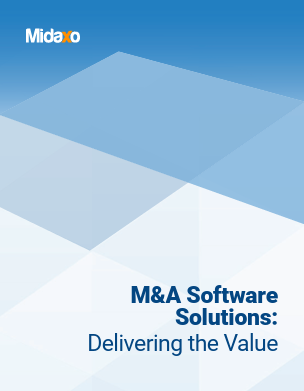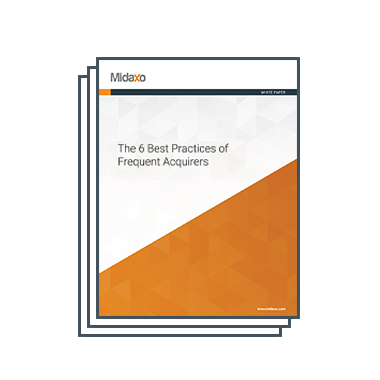I. Setting the Stage
Understanding your IPO rationale and its implications
Understanding the pros and cons of going public, and understanding the long-term implications of doing so, are essential. Companies that focus on what being a public entity will be like post-IPO are more successful than those that simply focus on the initial public offering.
- Develop a rationale for going public; share with the Board and company leaders
- Educate yourself on the key differences between a public and private company; understand what specific changes will need to take place within company operations and consider how you will execute and report on these changes
II. Recruiting Help
Putting together your dream team
Experience with IPOs, namely experience going public within your industry, is vital in reaching your company’s desired results in an efficient and timely manner. Best practice is to host a kickoff meeting with the IPO team, as well as with the company executives and Board within the first month of the IPO process.
- Investment bankers – investment bankers will be a critical part of each stage of the deal; therefore, look for experienced bankers
- Lawyers – in order to avoid unlawful infractions and penalties on both the state and federal levels, take time to interview and review lawyers’ track records before putting them on your dream team
- Underwriters – You will need to prepare an extensive array of due diligence documents for the underwriters; the earlier you begin this process the better; use the kickoff meeting as an opportunity to present a company overview to the underwriter
- Technological support – contrary to what you read on the internet, preparing for IPO requires more than just a virtual data room; look for a project management platform/software that boasts key features- better yet, go for a provider, such as Midaxo, that boasts experienced practitioners and will be a true partner in your process, not just a tool
III. Preparing Initial Documents
Registering and writing your prospectus
You must register the IPO with the SEC; this registration includes a prospectus which contains:
- Company overview
- Industry overview
- Competitive strengths
- Business strategies
- Risk factors
- Offering summary
- Summary of financial data
Once the registration statement and prospectus are complete, you can file with the SEC via public filing or the confidential submission option.
IV. Choosing a Stock Exchange
Deciding which stock exchange is best for you
When deciding between the NASDAQ (established 1971) versus the New York Stock Exchange, or NYSE for short, (established 1792) consider:
- Listing requirements
- Listing Fees
- Which exchange will help your company gain more notoriety and publicity; some companies go the NYSE route for more clout, while other companies need to focus solely on keeping fees down.
Once you select your stock exchange, you must apply for a listing.
V. Preparing to Operate as a Public Company
Moving through governance decisions
As a public company, you will need to change some policies and leadership positions. Specifically, you should:
- Review SEC requirements so you can ensure your board and leadership committee are composed of the appropriately experienced individuals; remember you are now asking them to advise a public company.
- Research and review how to operate as a public company; this means engaging management and considering company culture, expectations, and codes of conduct.
- Prepare a compensation and incentive plan appropriate for a public company.
- Consider how investor relations will be handled.
- Build out financial reporting plans.
- Establish rules and policies for how you will communicate publicly during the IPO process. Similarly, as the internet is another form of communication, be sure your website contains accurate information and follows your communication policies, and, of course, does not violate anything set forth by the SEC.
VI. Finalizing Roadshow Materials
Preparing to woo potential investors
The roadshow is essentially a sales pitch to potential investors. Some companies travel to all the major cities, holding large events; others hold smaller, more personal meetings, while others leverage technology to present the information. No matter the size or the venue, the roadshow is vital to the IPO process. Traditionally, underwriters and top executives are involved in the roadshow. The following information should be included in your roadshow portfolio:
- The history of your company
- The company’s mission and vision for the future
- Key financials (including, but not limited to, history of earnings and investment projections)
- IPO targets
*Note: a general rule of thumb is you must file publicly at least 15 days before your roadshow.





